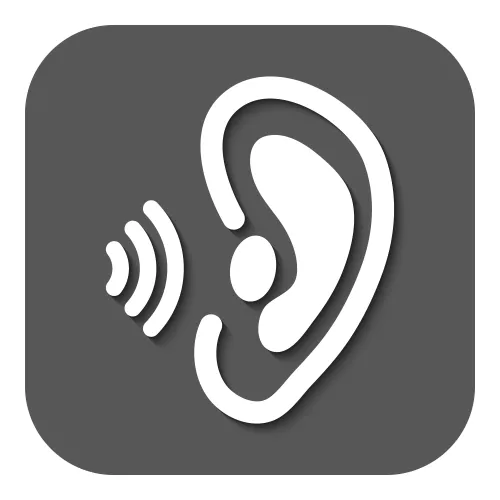Dig Into Descriptors When Considering Modifier 50

Remember, you won’t code all ‘two-sided’ procedures the same.
When your physician performs the same procedure on both the right and left sides of the body, you should report the procedure code once with modifier 50 (Bilateral procedure) appended — correct?
Sometimes, but not always, say the experts. When you code correctly with modifier 50, you can expect 150 percent payment for the procedures. If you use the modifier incorrectly, you run the risk of overcoding or getting denied because you’ve blurred the true definition of the original procedure code.
Check out this primer on when to report modifier 50 — and when to leave it on the shelf.
Be Sure Procedures Are Identical Before Using 50
Two of the easiest ways to find out if an encounter meets modifier 50 criteria are checking procedure notes and reading the CPT® code descriptors.
“Apply modifier 50 whenever the same procedure, the same exact CPT® code, is performed on bilateral structures of the body,” says Marcella Bucknam, CPC, CCS-P, CPC-H, CCS, CPC-P, CCC, COBC, CPC-I, internal audit manager at PeaceHealth in Vancouver, Wash.
For example, your physician drains open perirenal abscesses on both kidneys. On this claim, you would need to report 50020 (Drainage of perirenal or renal abscess, open) with modifier 50 appended.
Knowing Verbiage Often Assists Modifier Decision
“The 50 modifier is necessary when the procedure is being done on both sides of the body, but doesn’t already have the [bilateral] verbiage in the description of the code,” agrees Suzan Hauptman, MPM, CPC, CEMC, CEDC, director of physician office coding for Allegheny Health Network in Pittsburgh.
To Hauptman’s point, there are often clues in the CPT® code descriptors that indicate whether a procedure is unilateral or bilateral. If you pay attention to the descriptors, you’ll have the first hint on whether you’ll need modifier 50 for the claim.
Example: A patient reports to the physician complaining of pain and crusty wax buildup in both ears. The physician performs removal of impacted cerumen with instrumentation on both ears.
In this instance, you would report 69210 (Removal impacted cerumen requiring instrumentation, unilateral) for the procedure. Append modifier 50 to 69210 to show the procedure was bilateral.
Big clue: The 69210 descriptor contains the word “unilateral,” which should alert you the bilateral procedure is more extensive than the code descriptor, and thus is a modifier 50 opportunity.
Beware Choosing 50 for All Bilateral Encounters
There are times when your physician will perform a procedure on both sides of the body, but you won’t employ modifier 50.
“Note some procedures have separate codes for unilateral or bilateral depending on which is done,” says Bucknam. For these encounters, it would be inappropriate to use modifier 50 on the unilateral code instead of choosing the bilateral code, she adds.
Example: The code descriptors for 77056 (Mammography; bilateral) and 77057 (Screening mammography, bilateral [2-view film study of each breast]) indicate the procedures are bilateral. You should never report these codes with modifier 50.
Resource: You can also check the indicator in the “BILAT” column of the Medicare physician fee schedule. “Use modifier 50 with CPT® codes that have indicators 1 or 3. Codes with indicators 0, 2, and 9 should never be billed with modifier 50,” Bucknam says. You can find the fee schedule at www.cms.gov/Medicare/Medicare-Fee-for-Service-Payment/PhysicianFeeSched/index.html.
Careful: LT or RT Could Trump 50
Modifier 50 is not the only modifier you might use on a “two-sided” claim. Coders use modifiers LT (Left side) and RT (Right side) most often when coding for a procedure on one side of the body which, at some point, might be performed on the other side, says Hauptman.
Caveat: Some payers prefer you use RT and LT instead of 50, including some Medicare payers. There are three common methods of coding bilateral procedures on a claim as follows, and you need to know which your payer prefers:
“Medicare typically wants the service reported on one line with modifier 50 and 1 unit, but other payers have other rules and you can lose a lot of money if you don’t follow those rules,” says Bucknam.
Best bet: If you are unsure about a payer’s bilateral procedure coding policy, contact a representative before filing a bilateral claim.




